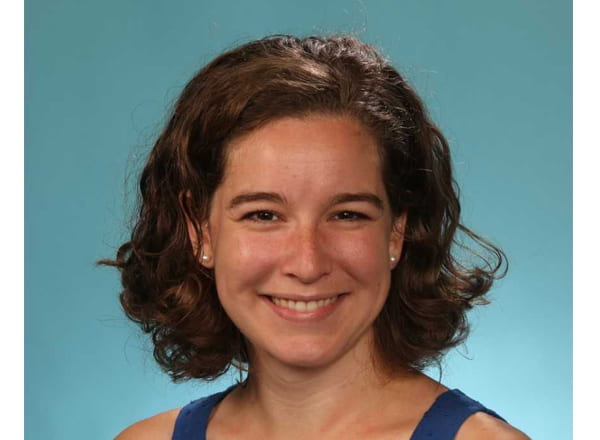Based on the pioneering work of our collaborator, Dr. Michelle Monje at Stanford University, we now appreciate that the activity of neurons can increase the growth of cancer cells. While the role of nerve cells in tumor progression is becoming better understood, the importance of neuronal activity to tumor formation is less clear, particularly in the setting of cancer predisposition syndromes.
In the Neurofibromatosis-1 (NF1) cancer predisposition syndrome, in which tumors arise in close association with nerves, affected individuals develop low-grade tumors of the optic pathway, called optic pathway gliomas (OPGs), during early childhood. This observation raises the intriguing possibility that light-induced optic nerve activity could be a critical driver of tumor initiation.

In our new study, performed in collaboration with Dr. Monje, Dr. Yuan Pan, a former Gutmann laboratory postdoctoral fellow and current trainee in Michelle Monje’s laboratory, employed a mouse model of Nf1-OPG developed by our team, to demonstrate that stimulation of optic nerve activity increases optic glioma growth. Conversely, she showed that decreasing visual experience through light deprivation prevented tumor formation and progression.
Dr. Pan then demonstrated that Nf1-OPG initiation depended on visual experience during a developmental period in which the animal is susceptible to tumor formation. Moreover, the presence of a germline Nf1 mutation in retinal neurons, similar to that found in all children with NF1, resulted in elevated optic nerve shedding of a molecule called neuroligin-3 (Nlgn3) in response to retinal neuronal activity. Importantly, if Dr. Pan inhibited Nlgn3 shedding using genetic or pharmacological methods, mouse Nf1 optic glioma formation and progression was abrogated.
Collectively, these studies establish an obligate role for neuronal activity in the development of certain brain tumors, elucidate a therapeutic strategy to reduce OPG incidence or mitigate tumor progression, and underscore the role of Nf1 mutation-mediated dysregulation of neuronal signaling pathways in the NF1 cancer predisposition syndrome.
See accompanying News & Views

Yuan Pan, PhD 
Corina Anastasaki, PhD 
Olivia Cobb, MS 
Suzanne Scheaffer, MS 
XIaofan Guo, MD, PhD
Pan Y, Hysinger JD, Barron T, Schindler NF, Cobb O, Guo X, Yalçın B, Anastasaki C, Mulinyawe SB, Ponnuswami A, Scheaffer S, Ma Y, Chang K-C, Xia X, Toonen JA, Lennon JJ, Gibson EM, Huguenard J, Liau LM, Goldberg JL, Monje M, Gutmann DH. NF1 mutation drives neuronal activity-dependent optic glioma initiation. Nature. May 26, 2021. DOI: 10.1038/s41586-021-03580-6